
AeroGenie — Seu copiloto inteligente.
Tendências
Categories
The Impact of eVTOL Aircraft on Aviation and Urban Development
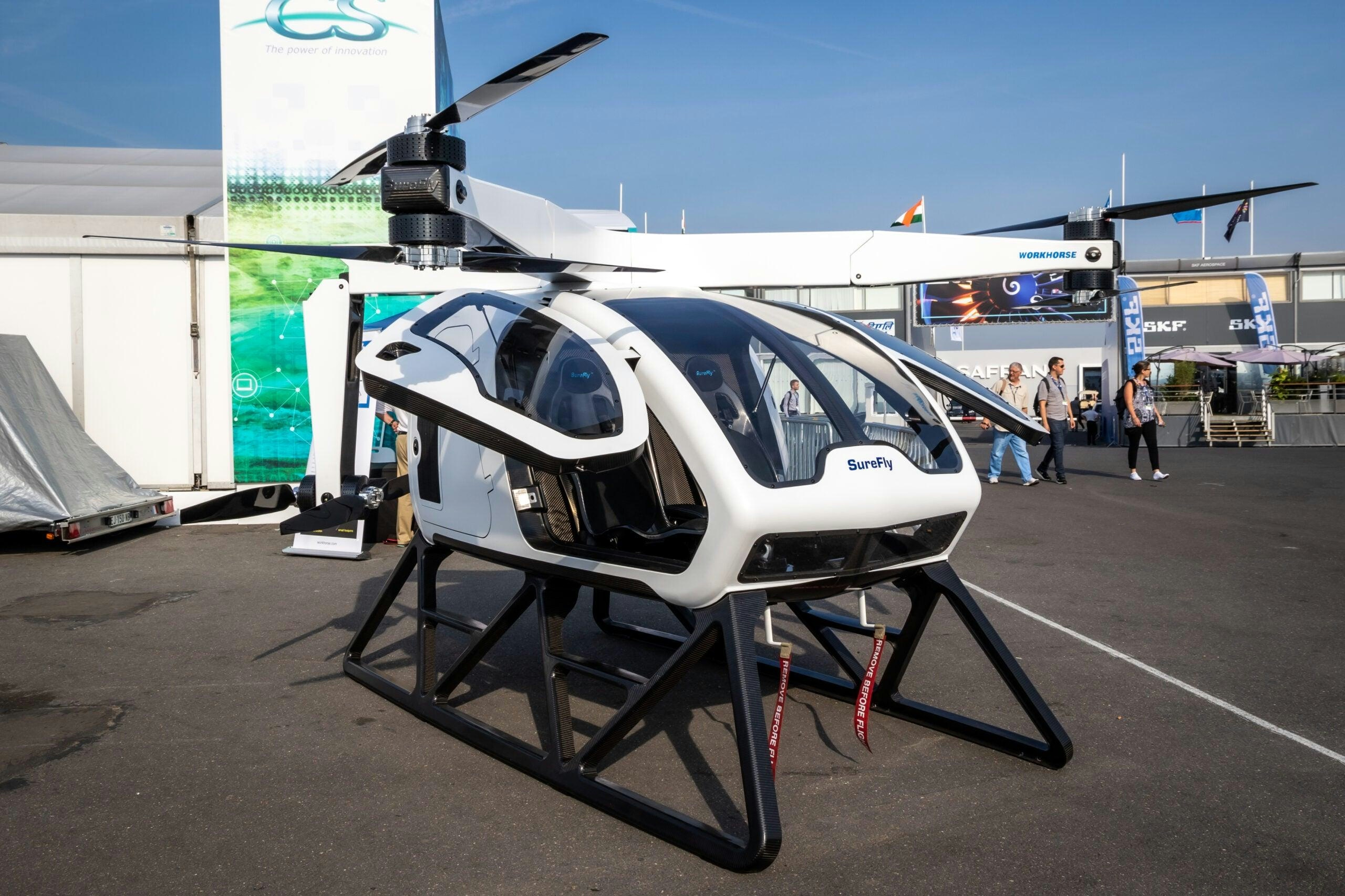
The Impact of eVTOL Aircraft on Aviation and Urban Development
Urban Air Mobility: A New Frontier in Transportation
The concept of bypassing urban congestion by boarding an air taxi from a rooftop vertiport and quietly soaring above city streets is swiftly transitioning from science fiction to reality. This transformation is driven by the emergence of Urban Air Mobility (UAM) and electric vertical takeoff and landing aircraft (eVTOLs), which are moving from theoretical designs to practical implementation.
Urban Air Mobility utilizes compact, electrically powered aircraft capable of vertical takeoff and landing to transport passengers and cargo within urban and regional environments. These eVTOLs combine the vertical lift capabilities of helicopters with the efficiency of fixed-wing flight, typically accommodating up to four passengers alongside a pilot. This innovation promises seamless transit across congested metropolitan areas, potentially establishing aerial highway networks that could fundamentally reshape urban transportation.
Market Expansion and Leading Industry Initiatives
The UAM market is experiencing rapid growth. Valued at $4.21 billion globally in 2024, forecasts suggest the sector could expand to between $14.64 billion and $49 billion by 2032, contingent on regional adoption rates and technological progress. North America currently leads in deployment, while Asia-Pacific, Europe, and the Middle East are emerging as significant markets.
Key industry players are advancing efforts to operationalize UAM services. Joby Aviation has completed piloted flight tests and secured a six-year exclusive agreement to launch air taxi operations in Dubai by 2026. This initiative is supported by a partnership with Skyports and Dubai’s Roads and Transport Authority (RTA) to develop vertiport infrastructure. Joby’s acquisition of Blade Air Mobility for $125 million further extends its reach to New York, Europe, and other regions. Additionally, Joby is collaborating with L3Harris to explore defense applications for eVTOL technology.
Archer Aviation is another prominent contender, actively pursuing Federal Aviation Administration (FAA) certification with plans to commence services in New York. Their projected pricing of approximately $6 per passenger per mile positions eVTOL journeys as a cost-effective alternative to helicopters and competitive with traditional taxi services. Meanwhile, companies such as Vertical Aerospace are developing hybrid-electric eVTOL models to diversify the market offerings.
Regulatory and Technological Challenges
Despite robust market interest and investment, widespread adoption of eVTOL aircraft faces significant regulatory and technological challenges. Aviation authorities including the FAA and the European Union Aviation Safety Agency (EASA) are in the process of establishing new regulatory frameworks to accommodate eVTOL operations. The FAA’s recent issuance of guidance represents the first new powered-lift aircraft category since the 1940s, addressing pilot certification, operational limitations, and safety standards. However, comprehensive regulations remain under development, and concerns persist regarding safety certification processes and privacy implications.
Urban Benefits and Technological Advancements
Urban Air Mobility holds the potential to alleviate critical challenges faced by modern cities. By introducing an aerial layer of transportation, UAM can reduce ground-level congestion and contribute to the development of sustainable, emission-free travel systems. For example, Dubai anticipates reducing travel time from the airport to Palm Jumeirah from 45 minutes by car to just 10 to 12 minutes via air taxi. Beyond passenger transport, eVTOLs offer significant advantages for emergency response and logistics by improving access to remote or traffic-congested areas.
Technological innovations underpinning eVTOL capabilities include electric propulsion systems, lightweight composite materials, artificial intelligence for flight control, and rapid battery charging technologies. Concurrently, the construction of vertiports—specialized aerial terminals—is underway in strategic locations, establishing the infrastructure necessary for the next generation of urban mobility.
While regulatory, safety, and privacy challenges remain to be fully addressed, the momentum behind eVTOL aircraft signals a transformative shift in both aviation and urban development.
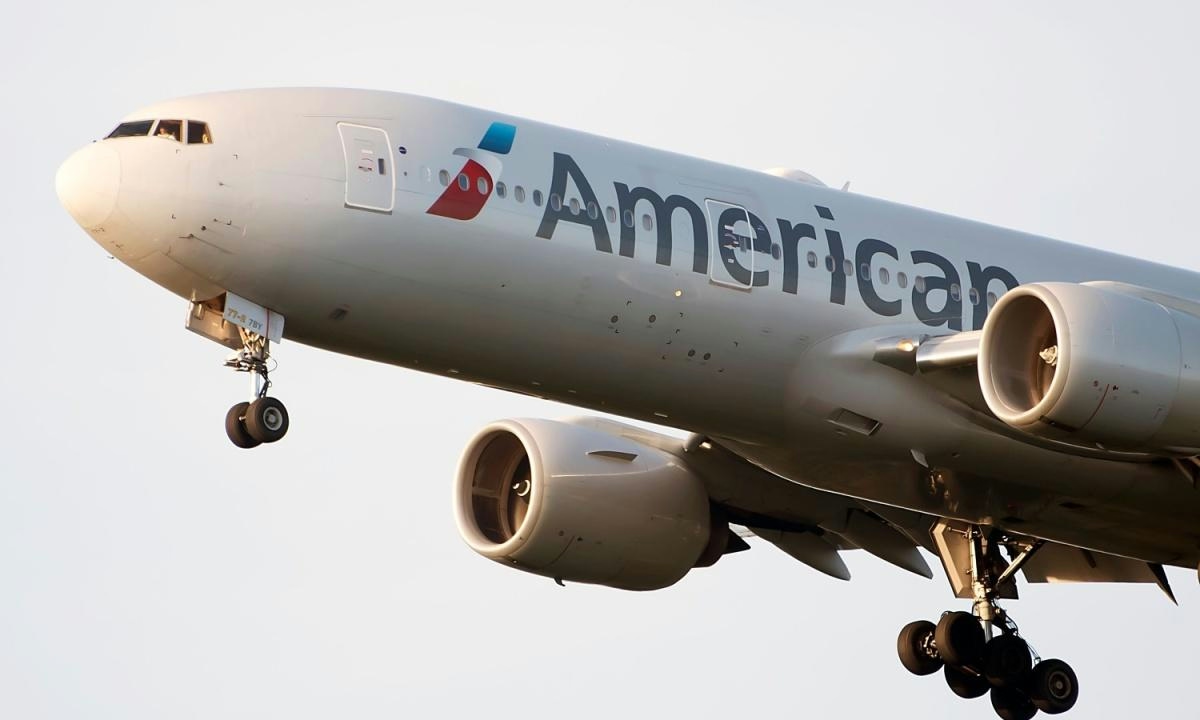
American Airlines’ Plans for Artificial Intelligence
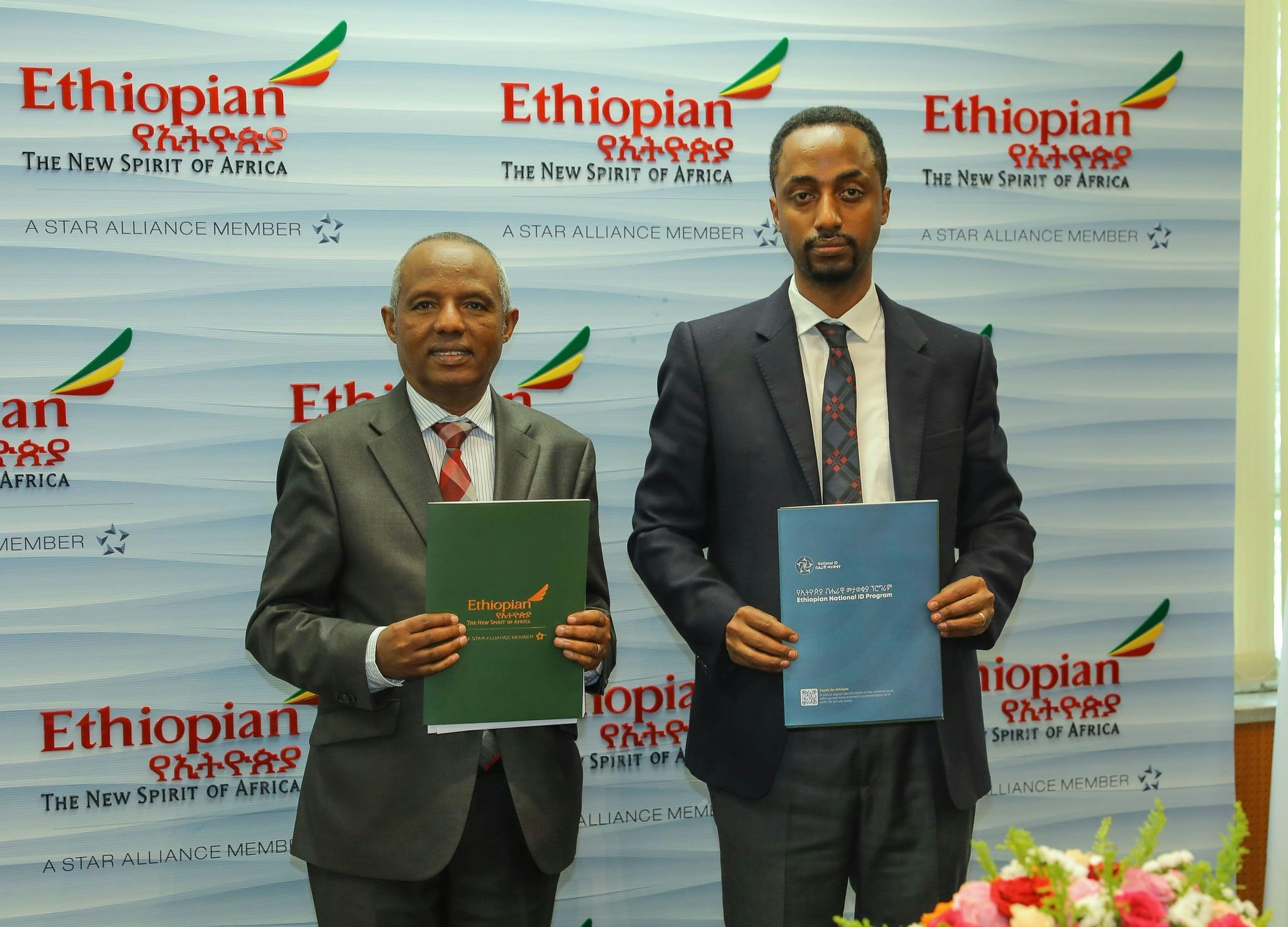
Ethiopian Airlines Collaborates with Nucore Technologies on Digital Initiatives

FAA Issues Airworthiness Directive for GE90 Engines After Powder Metal Contamination Found
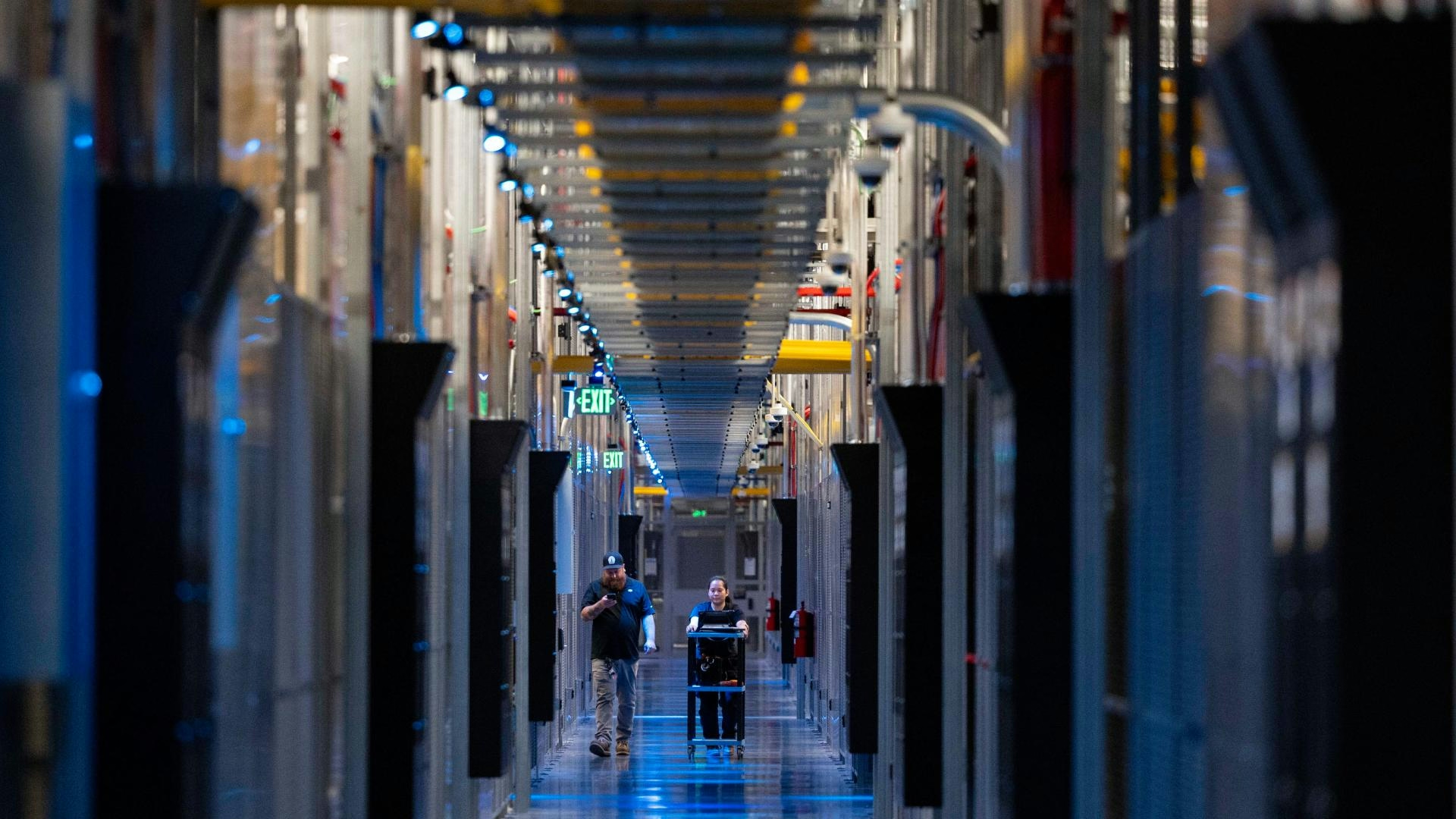
Boom Supersonic Uses Jet Engines to Power Off-Grid AI Data Center

Flying taxis could take off this year in Florida
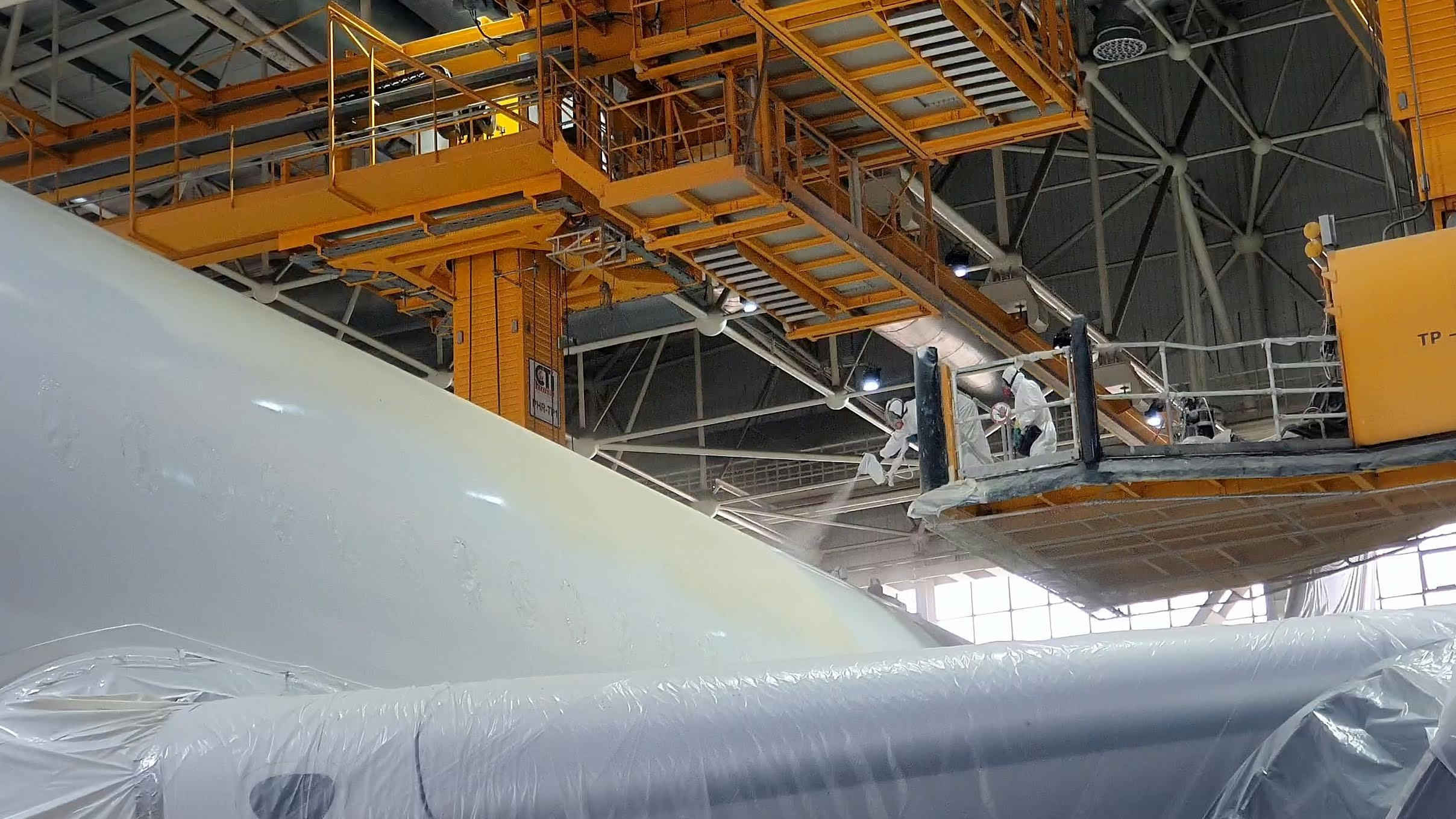
ASKY and TAAG Angola Airlines Establish In-House MRO Facilities to Support Fleet Expansion

Airbus to Release Audited 2025 Orders and Delivery Data on January 12
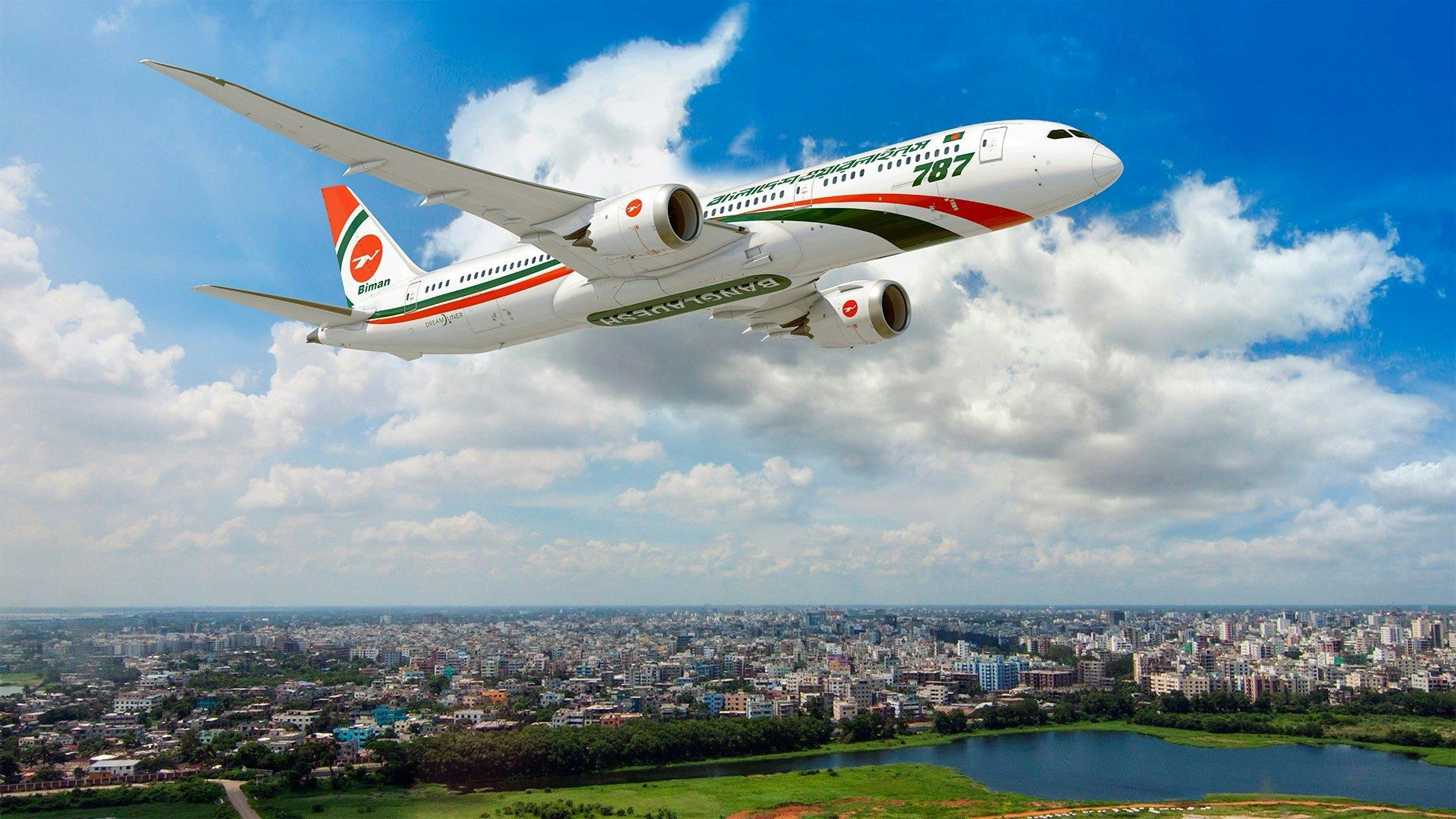
Biman Bangladesh Selects Boeing for New Aircraft Order
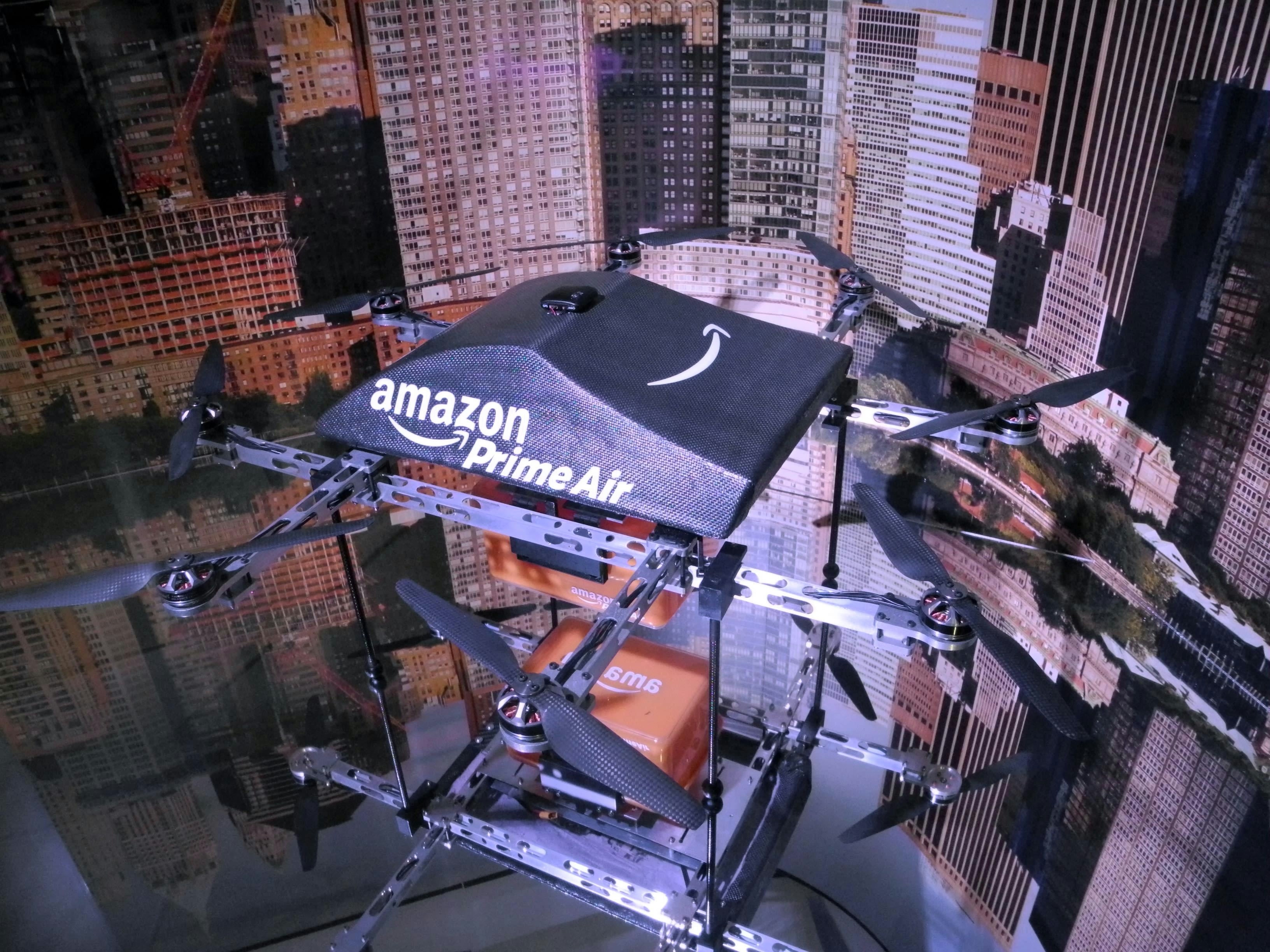
Amazon Cancels Italian Drone Delivery Plans Days Before Launch, Setback for U-space
